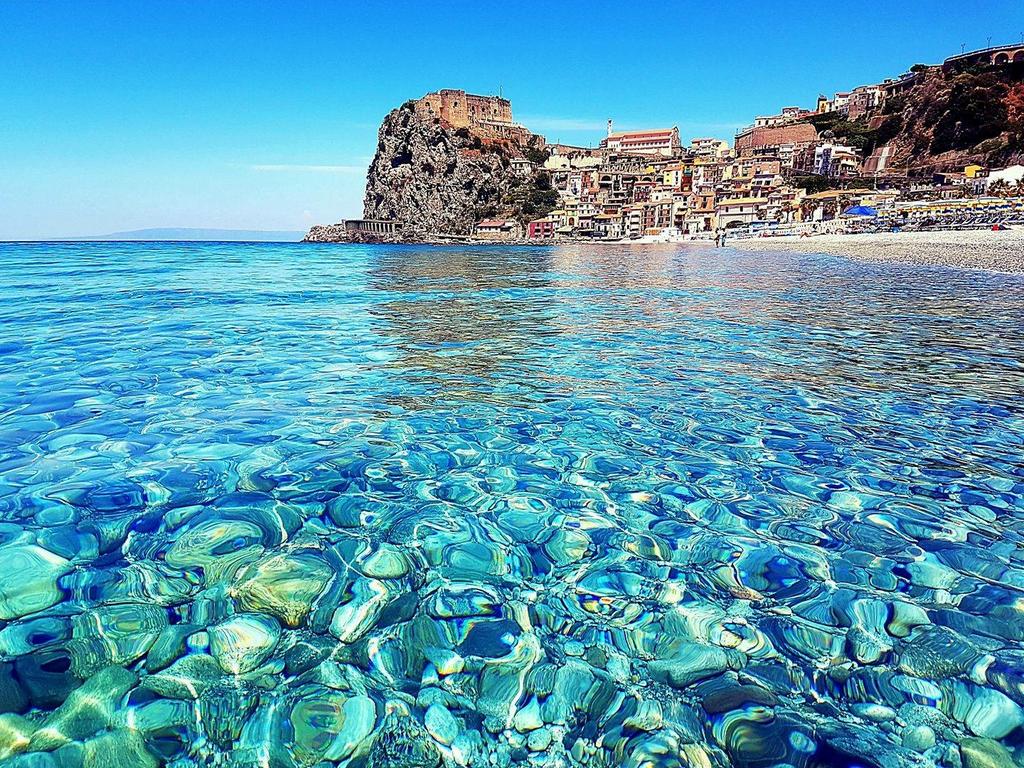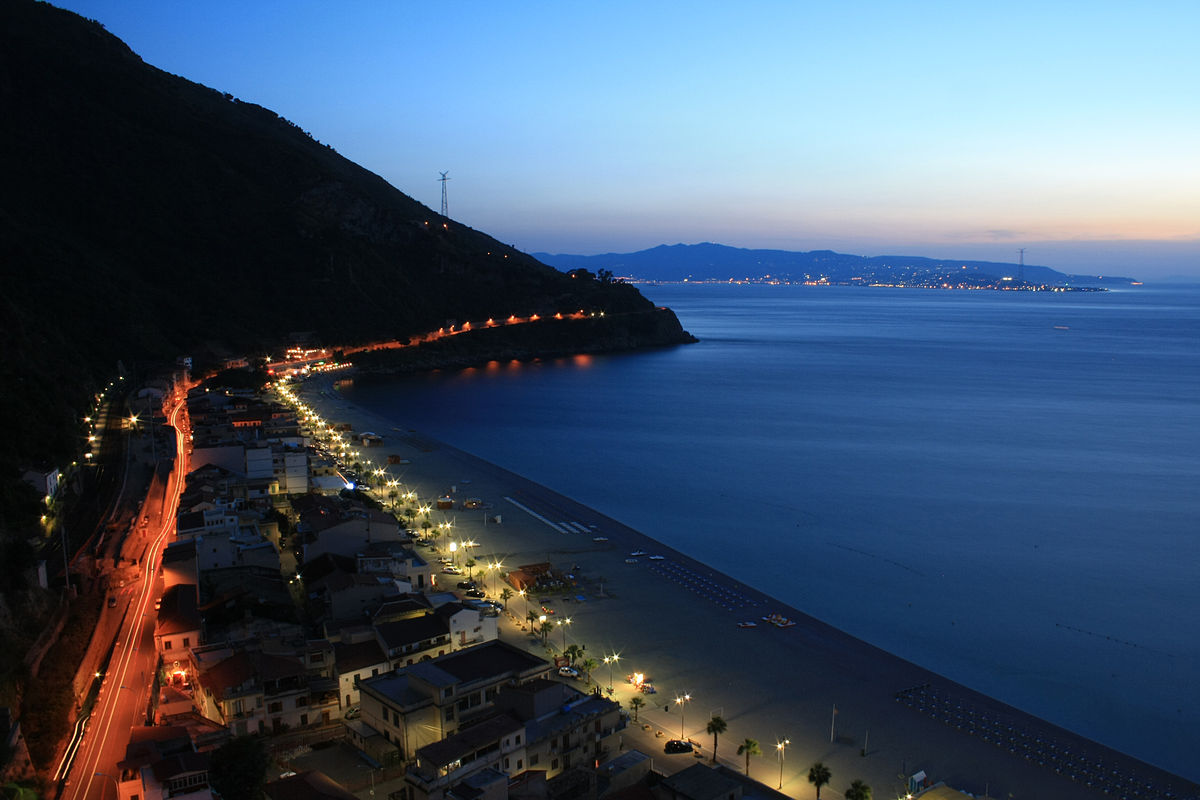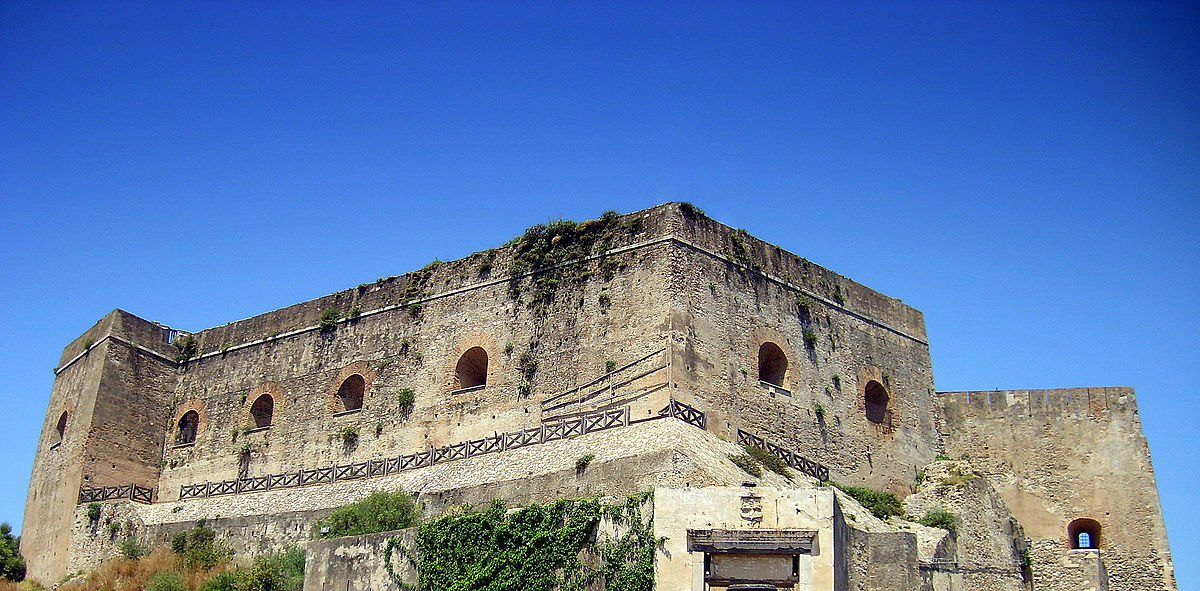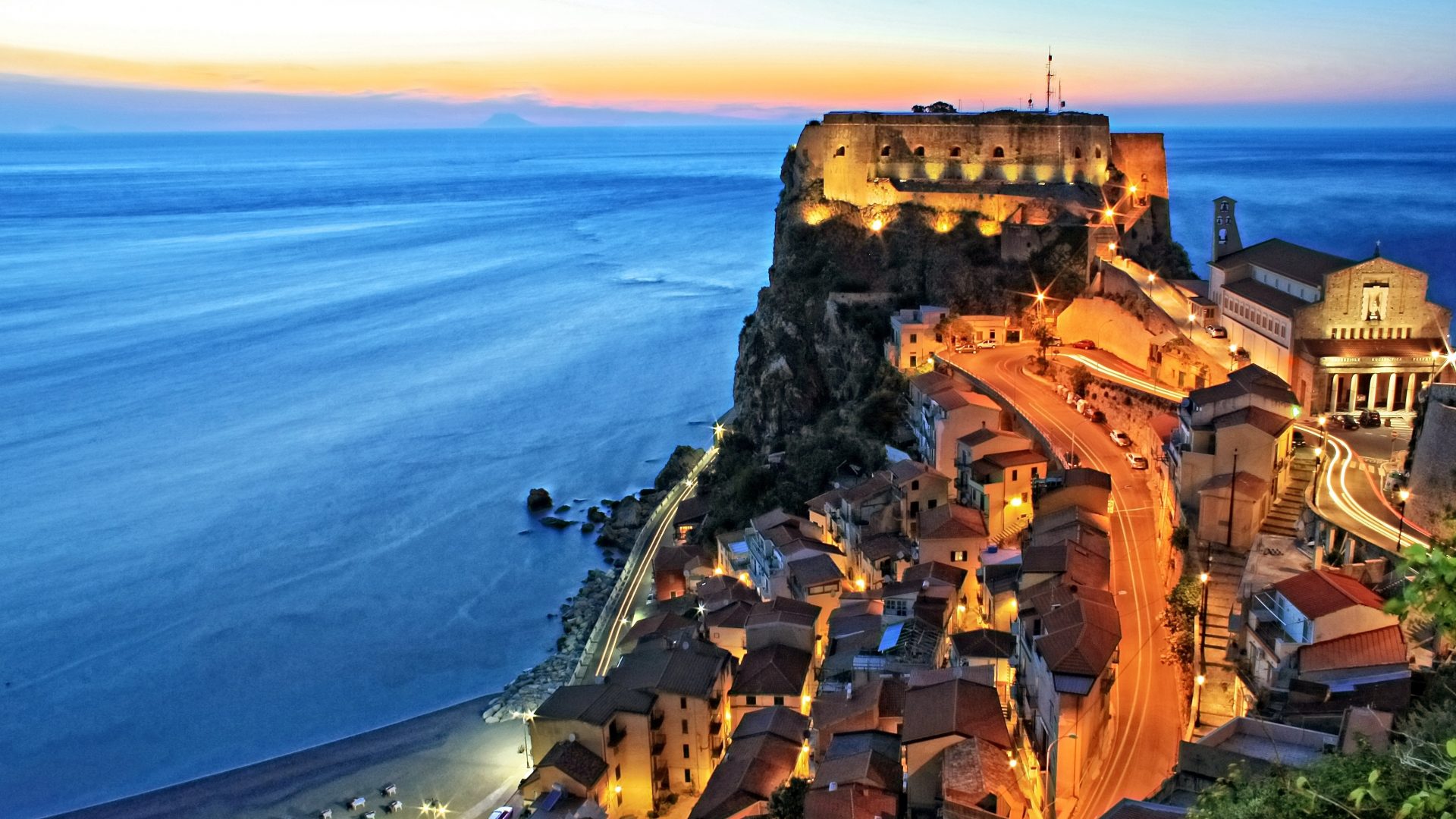La Costa Viola is a magical strip of land located in Calabria. Enclosed between sea and mountains, it stands out for 35 kilometers and at sunset it is kissed by a multitude of reflections and shades. Here, amidst plays of light and a riot of violet shades, there is a suggestive location. Myths and legends frame it and are the backdrop to one of the most beautiful beaches of the Costa Viola: Scilla, diamond set on the toe of the boot.
Scilla: between myth and legends
Scilla, located at the northern entrance of the Stretto of Messina, breathe nature, poetry and legends. The history of the municipality has a wonderful mythological heritage that tells of a blue-eyed nymph. Scilla, daughter of the Greek gods Forco and Ceto, lived in Calabria and spent her time on the beach of Zancle. One evening, in the waves, he saw Glauco, son of the god Poseidon, appear. Half man and half fish. The young woman ran away in terror while Glauco shouted his love to her. Overwhelmed by grief and certainly embittered by Scylla's reaction, he turned to Circe sorceress to ask her for a love potion.

The Sorceress, desiring Glauco, refused and proposed to join him, but Glauco was in love with the mortal and went away declining the offer. Circe, furious at being rejected, poured an evil potion into the waters of Zancle. And so it was Scylla intent on taking a bath where she used to spend her time, turned into a monster. The legend tells that Scylla went to hide in a marine cavity, near the cave where the Cariddi monster lived. Furthermore, the toponym Scylla (bitch) recalls the figure of a I show that he would be the architect of terrible storms.

Scilla, the most beautiful beach on the Costa Viola and beyond
Scilla is one of the villages most graceful and interesting in Italy. The historic center of the town is called San Giorgio and develops around the main square of San Rocco, patron saint of Scilla. Marina Grande is the neighborhood that encloses the beach. Formed by very fine gravel, is the site that hosts the fireworks of the feast of San Rocco. In addition to the beach, another attraction not to be missed is the sixteenth-century church of the Holy Spirit where you can admire the painting by Francesco Celebrano The descent of the Holy Spirit of 1799.

Marina Grande is bordered from north to south by two rocky ridges, among which, the most imposing one located in the north part, houses the Ruffo Castle, genius loci of Scilla. Jeracari is the new part and hosts the inhabited center. The oldest part of the town is called Chianalea, nicknamed the little Venice for its houses close to the sea. Suggestions and charm follow one another in this corner of paradise that still lives on the traditional fishing activity. The Tirreno, here, almost enters the houses so much so that you can hear that houses are boats and boats are houses. Each fountain, each rock or square and church has its own story to tell.

Scilla, pearl of the Costa Viola is a dream. Fear and fantasy are intertwined in the myth. In the sea relive the legends of this place, of the nymph who was transformed into a monster and of the love of Glauco. In Scilla you get lost in the colors of the waters that change over the hours. Clear at dawn and rubies and purples at sunset.





